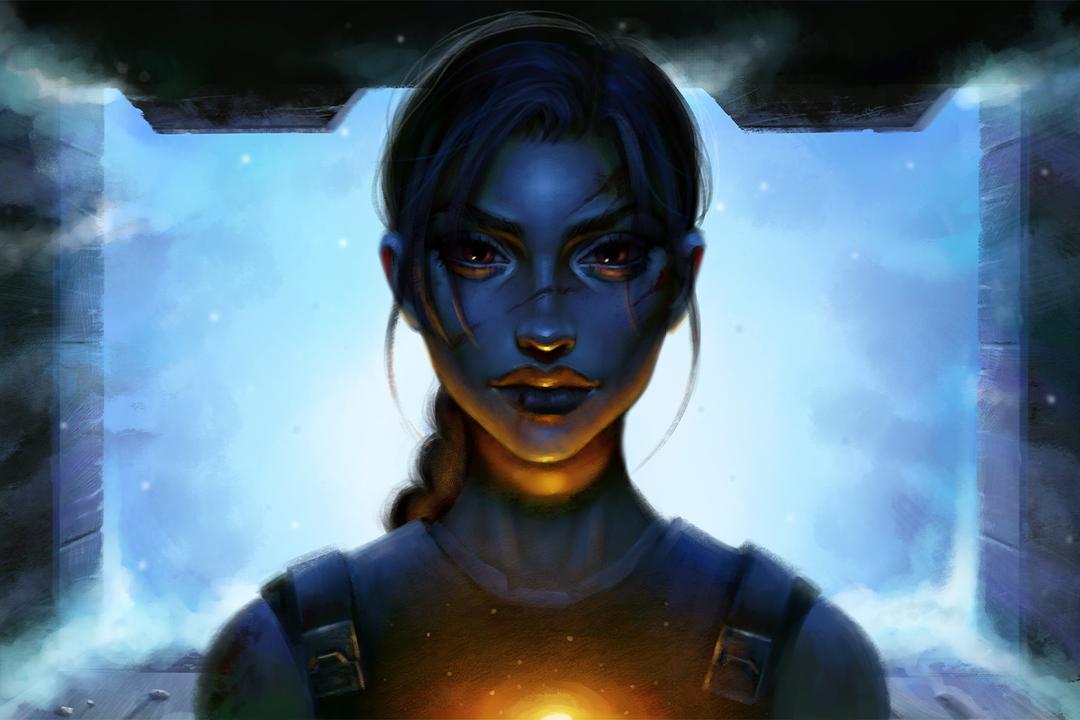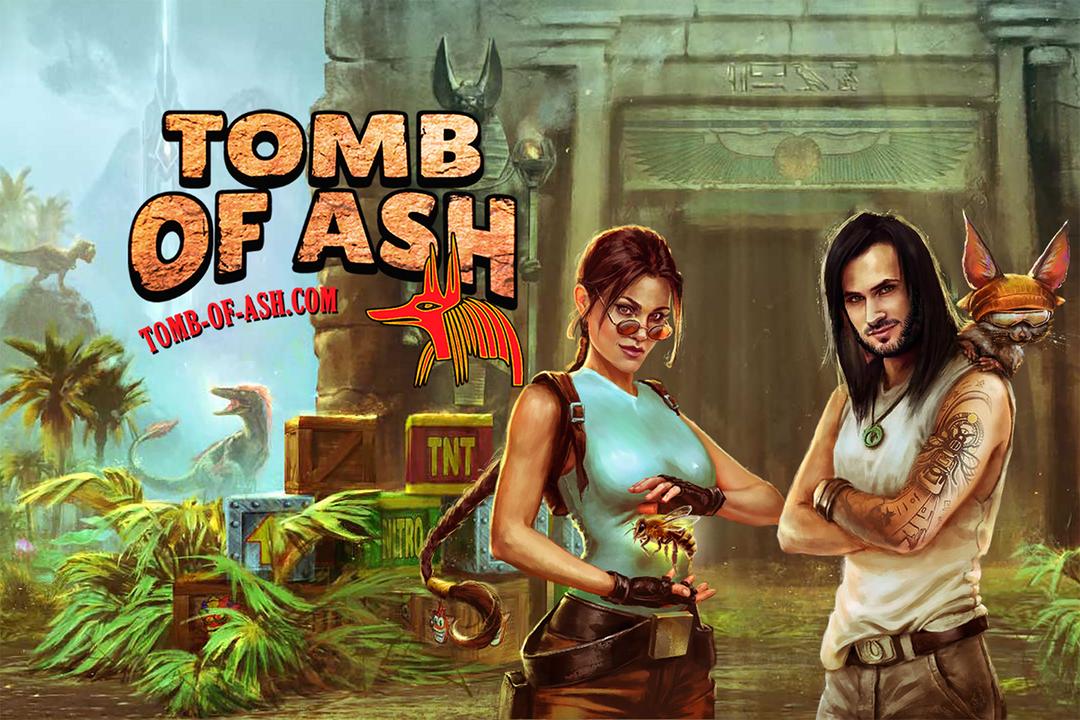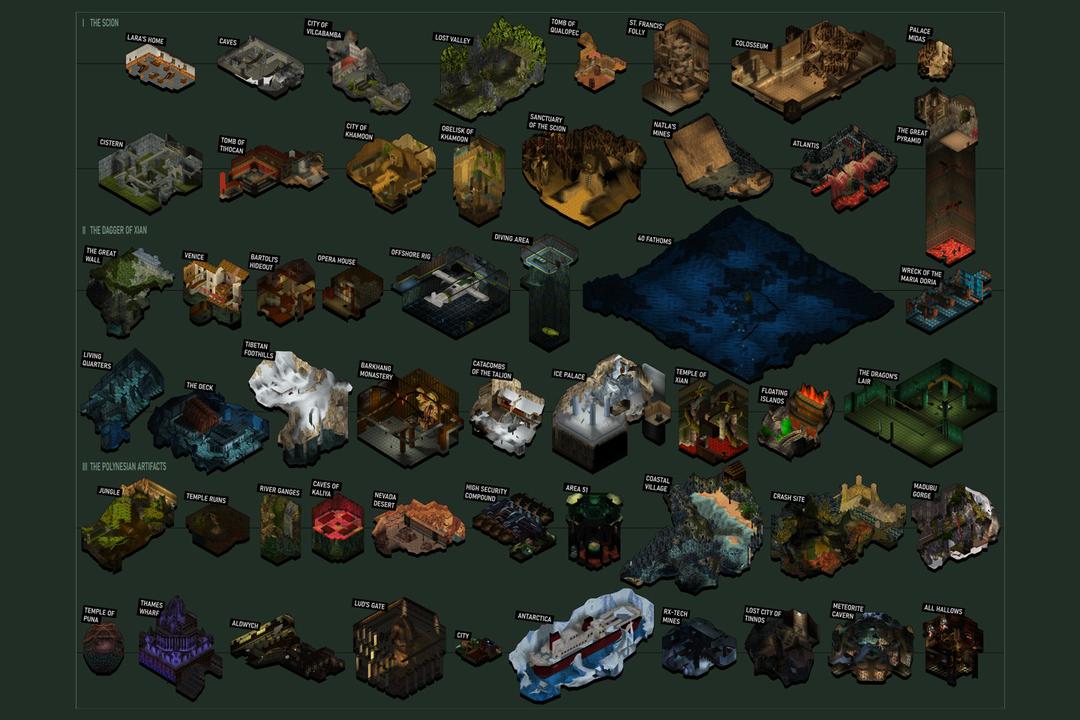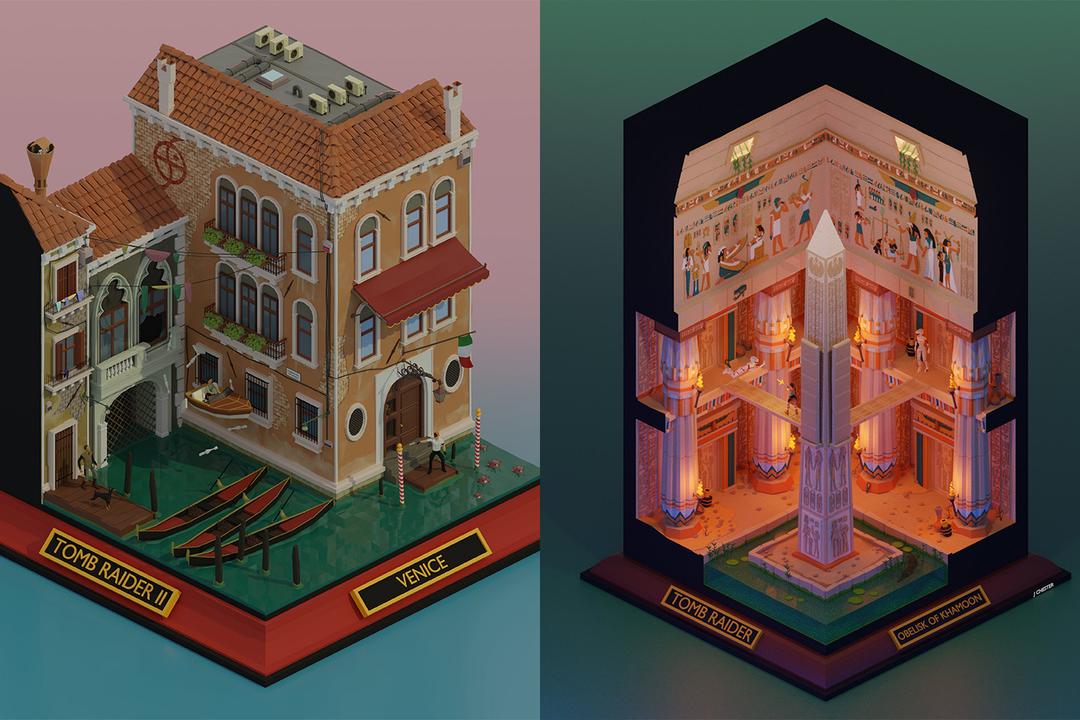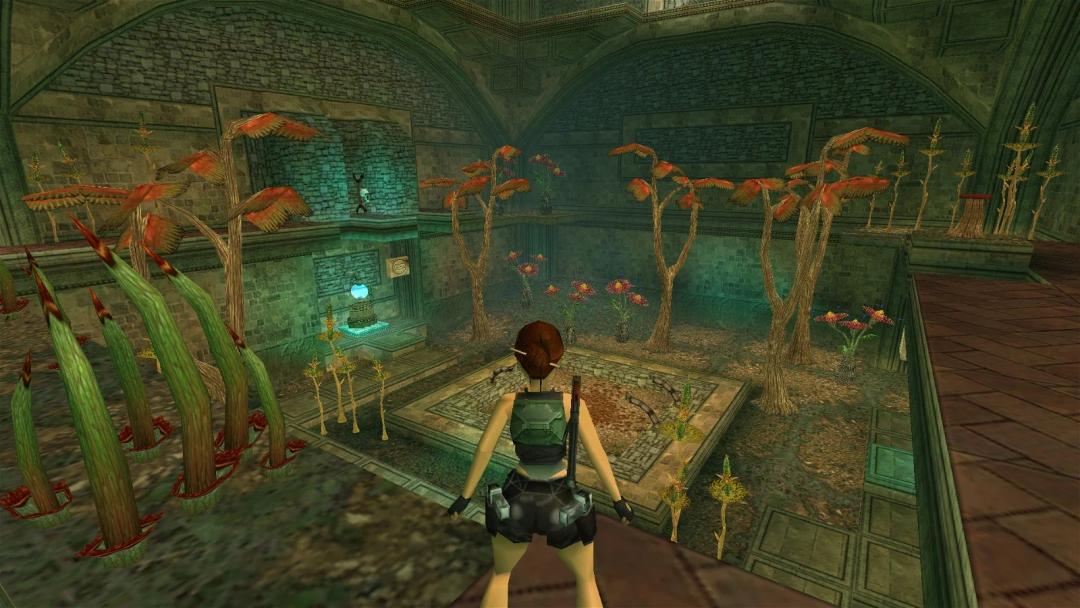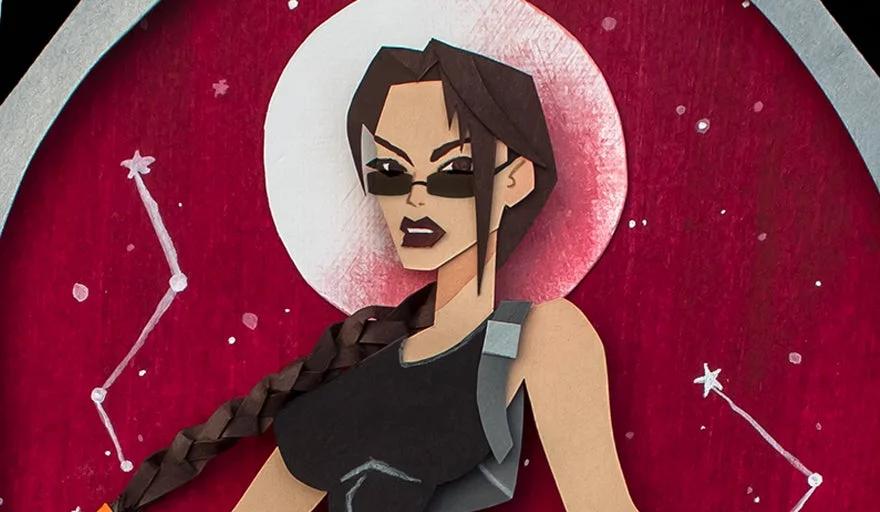.jpg&w=3840&q=75)
.webp&w=3840&q=75)
Guest Article: Cappadocia through the Angel of Darkness Lens
Jun 6, 2023

How many times has a 20-year-old game inspired you to travel to a faraway place full of historic richness, even though that location was never present in the game itself? Such is the power of Tomb Raider: The Angel of Darkness.
Murti Schofield, concepts and lead writer for TR: AoD, found his inspiration for what would become the story for The Angel of Darkness long before Tomb Raider was even conceived. Some places in this world have a profound effect on an individual, and Cappadocia is one of them. Sometime in the late 1980s, Murti embarked on an exploration of Cappadocia and the allure of the region captivated him in a way no other place had before. With its generous people, moon-like landscape, and dozens of underground cities, Cappadocia truly seems to hold an otherworldly and mysterious aura.
Cappadocia encompasses several provinces covering a significant area. It is a remarkable region that seamlessly blends nature and history. Approximately 60 million years ago, the Mid-Anatolian Plateau was an inland sea surrounded by plains and forests. The movement in the south between Lycaonia and the Taurus Mountains triggered the emergence of a chain of volcanoes, which continuously erupted and shaped the Mid-Anatolian Plateau with layers of lava and ash. This volcanic activity persisted until the present Halosen Era. As the ice ages ended, a milder climate emerged, resulting in the formation of numerous lakes in Cappadocia. Through the natural forces of erosion, the volcanic layers gradually wore away, which gave rise to the distinct rock formations found exclusively in Cappadocia. The erosion process affected the soft tufa stones and basalt layers at different rates, leading to the creation of fascinating canyons and the iconic Cappadocian Fairy Chimneys.
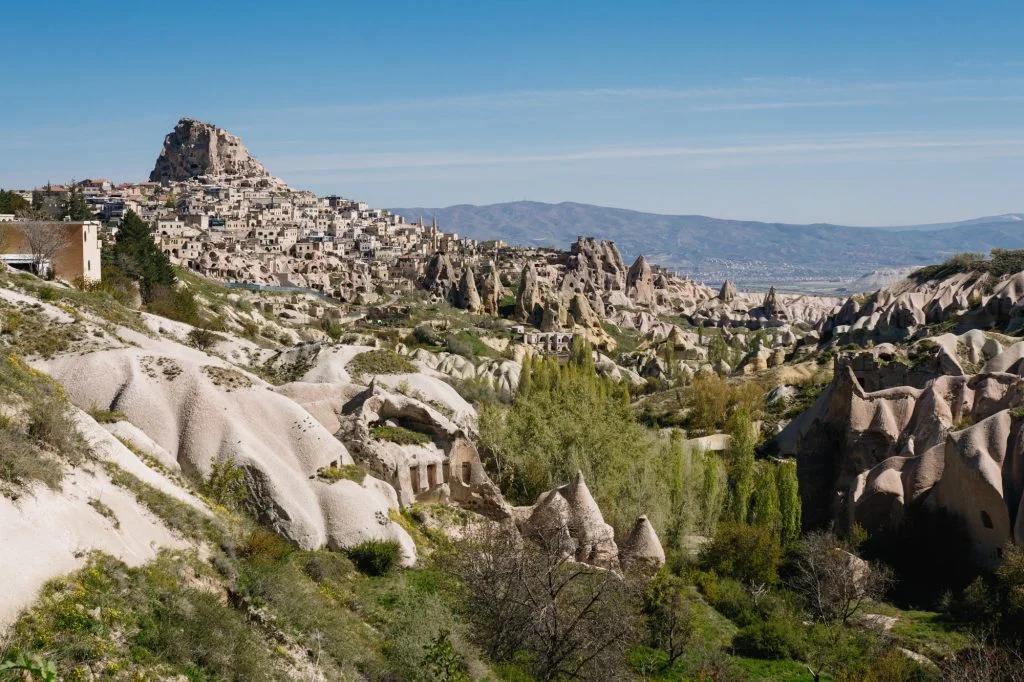
As TR: AoD marks its 20th anniversary this year, there was no better time to explore the magnificence of Cappadocia, which was one of the intended locations for the game’s sequel. In addition, we also delved into the Kurtis Trent Journal, an item created by Murti as a piece of fanfiction, which maps several locations in Cappadocia. One of the biggest TR: AoD fans I know is Lara Titova, who was the first person to visit Cappadocia following in the footsteps of Murti’s notes. She presented us with her own detailed experiences, which in turn helped us to understand the whereabouts of locations and other might-have-beens for the planned sequel. Lara’s notes were extremely helpful in deciding which aspects we would prioritize whilst documenting the trip.
Originally intended as a setting for the first installment of the TR: AoD trilogy, Cappadocia was reassigned to the sequel due to the immense narrative scale of the game. Nevertheless, traces of Cappadocia can be found within TR: AoD itself. If you pay attention to the pictures on the wall in Margot Carvier’s office at the Louvre, you will see three photographs depicting locations in Cappadocia: 1. Fairy Chimneys in Göreme; 2. Uçhisar; 3. Location unknown.

Cappadocia is referenced twice more; however, the first instance is a cut line from the game that has been modded in by reborninshadows in his Restoration Project. Lara spots a stack of crates at the Strahov Fortress and notes aloud that they are from Cappadocia. This area was intended to be the location where we would witness the grand stone sarcophagus of the Nephilim that had brought in from Turkey.
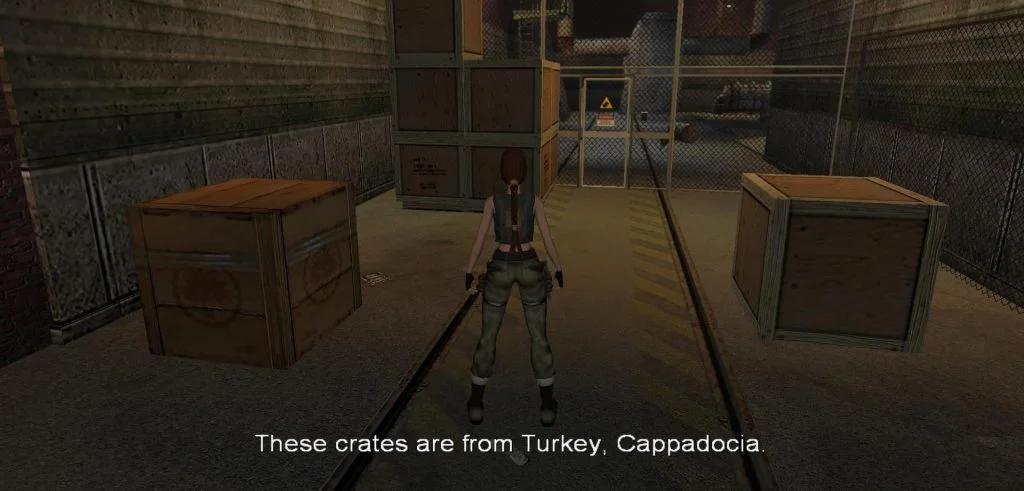
After assuming the role of Kurtis Trent, we come across a truck driver in the Sanitarium who has been captured. The driver confesses to transporting “death in five tons of stone” from Turkey. This revelation hints at the presence of other hidden Sleepers within the subterranean caverns. All these elements served as foreshadowing for what we should have expected in the sequel game that, unfortunately, never came to fruition.
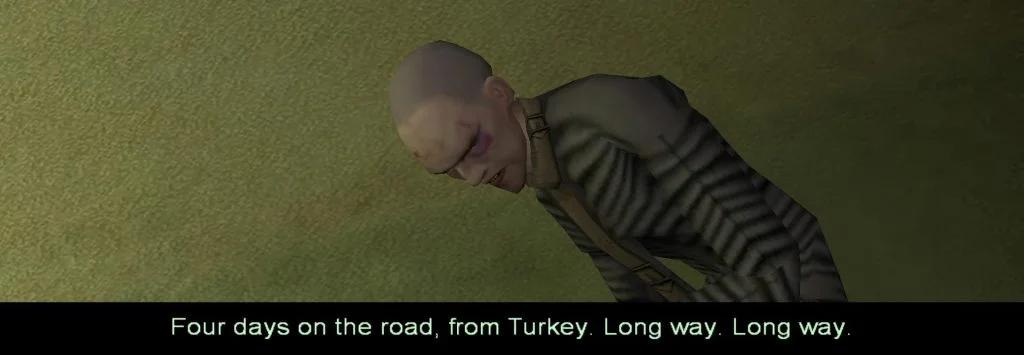
One of the early ideas for the sequel was for the intro FMV to show Lara Croft entering an ancient temple somewhere in Cappadocia. Indeed, wherever you look in Cappadocia, a new astonishing sight presents itself. One of the most famous places that appears on all the postcards (as well as in Carvier’s office) is Uçhisar, an old village in Cappadocia lying on the highest part of the valley, with a castle built on a massive rock believed to have been built by the Hittites. Uçhisar means ‘Outer Citadel’ in Turkish and refers to the huge rock cone that is its central feature. It is surrounded by fairy-chimney colonies on the lower slopes that serve as stone houses. Some of these stone houses have been turned into cafés where you can enjoy a nice cup of coffee or Turkish tea, whichever you prefer (as long as it’s not alcohol).

Walking through the area, it’s possible to get inside the stone structures and explore them. Some passages are trickier to reach than the others, but climbing the steep pathways rewards you with a magnificent view of the valley. Unfortunately, mass tourism shows its nasty face here as some stone structures are full of plastic trash. It’s truly saddening to see such an astonishing place disrespected this way. Pierre, you litterbug. Nevertheless, it’s easy to imagine Lara Croft exploring this location and searching for clues of where to find the next Nephilim. Uçhisar as a location offers everything a Tomb Raider level needs: a hub with multiple paths and lots of interesting structures to explore. Who knows, maybe there’s a Turkish version of a health chocolate bar hiding in there somewhere!
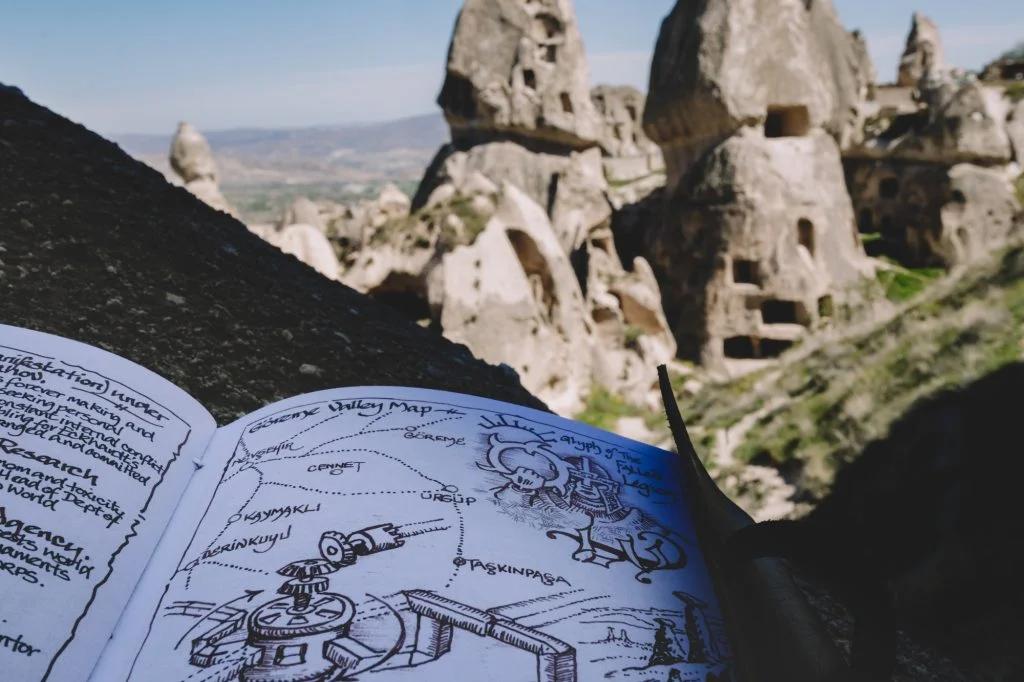
One of the pages in Kurtis’ journal contains a map showcasing Göreme Valley, a captivating destination where you can embark on an exploration of the mesmerizing rock churches within the Open-Air Museum. In ancient times, the locals had to worship and pray in secret, which led to the construction of their temples and sanctuaries in remote locations, making them hard to discover. The Göreme Open Air Museum, formerly a monastic complex, was a significant religious and cultural centre for Christians in the Byzantine period. Today, it houses well-preserved Byzantine rock-cut architecture and frescoes dating back to the 10th–12th centuries. The museum includes various churches, chapels, sitting rooms, and dining halls, each with unique architectural features and artwork. It provides insights into the lives of the monks and nuns through its rock-carved structures. After being abandoned over the years, the museum underwent restoration in the 1950s. During its abandonment, the walls were written on by local children who played in the area. Some churches were named after the artwork they discovered inside, for example, the “Elmali” (Apple) Church received its name from the children who noticed apple-themed artwork within it. In 1985, the Göreme Open Air Museum gained UNESCO World Heritage Site status. It’s easy to imagine how Göreme could be linked with the Lux Veritatis – a secret 12th century inner order of initiates within the Knights Templar, founded to combat magic and the dark arts as brutally as possible. This location would have been the perfect spot for Kurtis to gather clues and learn more about the order.

Although the well-known churches have already been discovered, it is believed that there are still hundreds of other churches waiting to be unearthed in the surrounding area. There’s no doubt it would have been fascinating to visit this location in-game. Maybe one of those undiscovered churches could have served as an abandoned Lux Veritatis stronghold.


As mentioned before, Cappadocia hides dozens of underground cities. Some are larger than others, with the biggest one being Derinkuyu. One of these underground cities were supposed to make an appearance in-game as an ancient Nephilim city, most likely Derinkuyu (which is also mapped in Kurtis’ Journal along with Kaymakli). In reality, people have lived in these underground cities since prehistoric times. The nature of the soft tufa rock made it very easy to carve the stone into whatever shapes were needed, even without the use of metal tools. Christians used to live in the underground cities, hiding from Romans who hunted them for their belief in a single God and opposition to sacrifices. The underground cities are a marvel to behold, with incredible ventilation systems and rooms serving different purposes such as stalls, wineries, kitchens, and so on. Its narrow passageways mean that only one person at the time can pass through. At the end of the pathways stand large, round stone doors with a hole in the middle that were used for defence purposes. The design meant that only one Roman soldier could pass through the narrow corridor at a time, and that they would have needed a shield to protect themselves from the lance that the defenders would have poked out of the hole in the door. Another thing to note is that people were generally smaller in Roman times because they didn’t eat anywhere near as much meat as we do today, so naturally their smaller bodies would have had a much easier time navigating through these passageways. The Romans tried to use smoke to force them out, but these underground cities have multiple exits that allowed the inhabitants to escape in time.
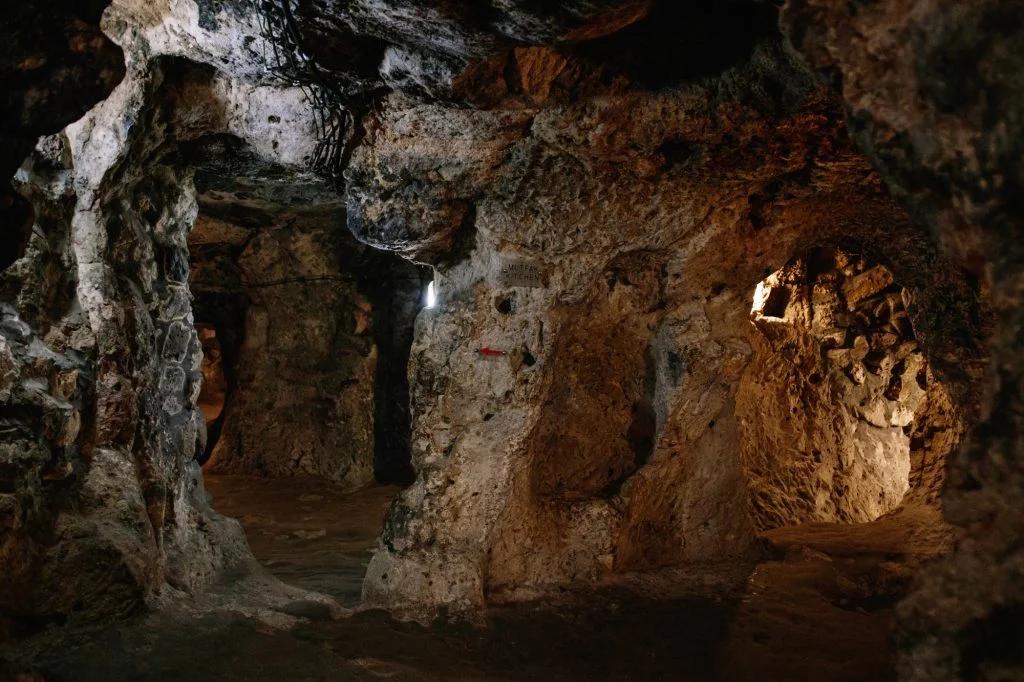
You would think being so deep underground would make you feel very claustrophobic, especially if you know how humid natural caves can be. However, the brilliant ventilation design provides cool, fresh air which is honestly better quality than the air you find in most populated cities. One deep breath is enough to clear your mind of any fears you might have. You can enjoy these vast labyrinths and take in the ingenuity of their creators without fear of suffocation. Some passages are unlit, but you can explore them if you have a flashlight. Because these passages are very narrow, they are left unlit on purpose to discourage tourists from trying to crawl through them. It’s not for everyone that’s for sure. One of the passages leads to a stone door on the floor that you must climb over to reach the next room, which hides another passage filled with larger rocks. Here, in the complete darkness, it is very easy for your imagination to wander off to places you weren’t expecting.
It is truly astonishing to pass through a narrow passage, where you must crouch down to get through, and then emerge into a vast room that extends into multiple other rooms, considering the profound depths of Derinkuyu. Coming out of the longest stairway, a scene from Jenni Milward’s TR: AoD audiobook comes to mind, where Lara shouts “HELLO!” after dropping to the ground in the Tomb of Ancients. The exciting feeling of discovery is the same – the echo as well.
Most of the passages are still mysteries that are yet to be unearthed – quite literally. Those pesky Nephilim must still be hiding there! Sadly, even here in the deepest depths of the underground city, you can still find trash thrown down the ventilation duct by tourists who, once again, like to spoil everything. (Either that or Pierre has been through here as well…) These underground cities are what the past generations have left for us to study, while we leave to our future generations just heaps of plastic trash.

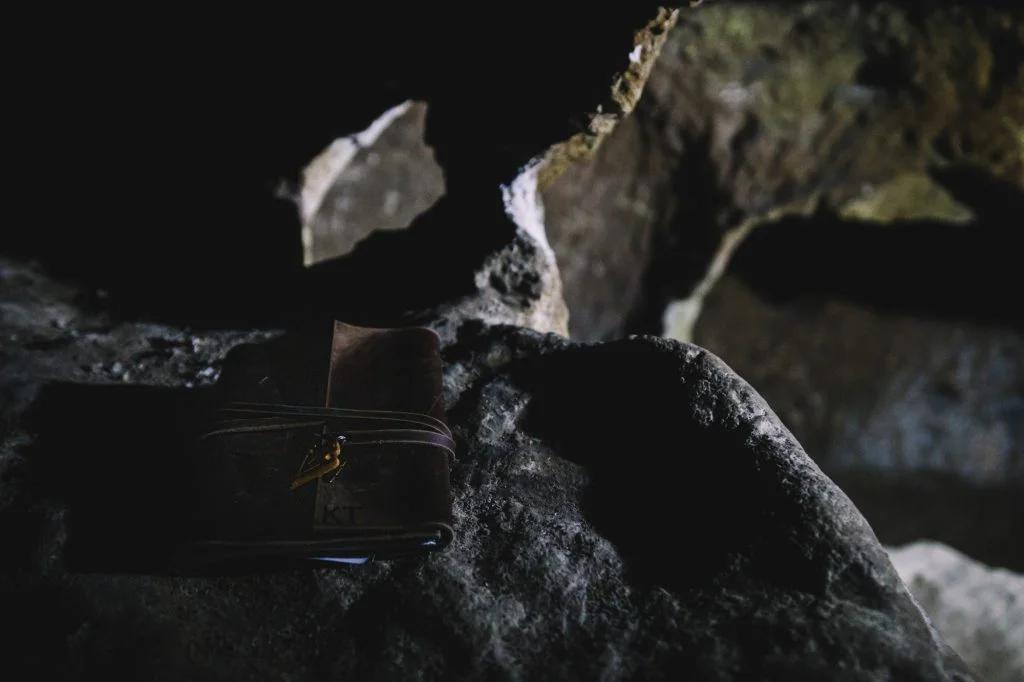
But let’s return to the original intentions for TR: AoD’s sequel. Our exploration of the Tomb Raider files for the 25th anniversary led us to discover an incomplete level known as “Cappa lab.” Undoubtedly, this level served as the initial framework for the envisioned alchemy laboratory situated within one of Cappadocia’s underground cities. When we compare the real-life structures to the uncovered render, we can appreciate the remarkable accuracy achieved in depicting the underground caverns even in the early stages of development.
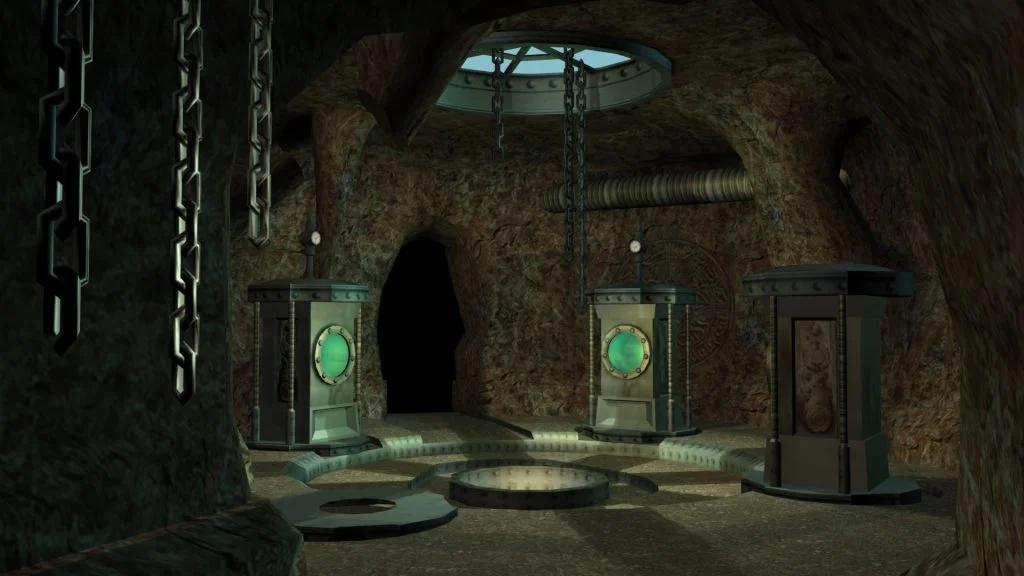
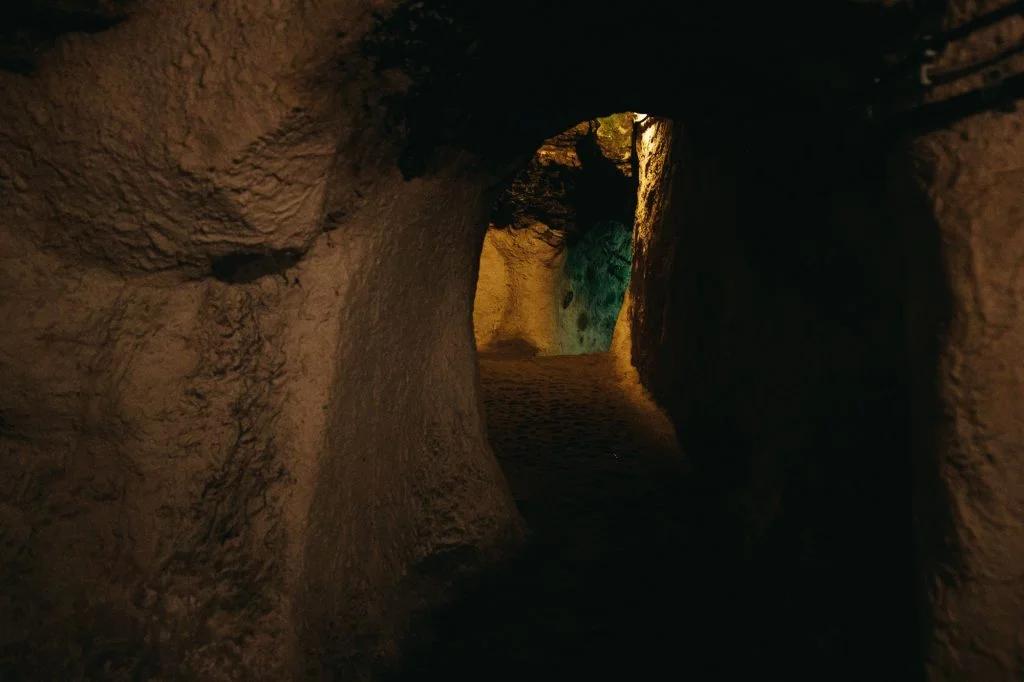
I suggest keeping these underground cities in mind if you’re interested in reading Jenni Milward’s TR: AoD sequel novels.
If we dive even deeper, Murti once stated – whilst watching a playthrough of TR: AoD – that the carpet in Von Croy’s apartment might be a Turkish Kilim, as the game sprinkled clues that directly refer to Turkey. There is even a place in Cappadocia that specialises in creating Turkish Kilims. Another connection to Tomb Raider is Angelina Jolie, our real-life Lara Croft, once visited the Kilim factory. Kilims are fascinating not only because they are hand-knotted, but because each one expresses the weaver’s feelings and tells a story through the symbols, motifs, colours, and patterns. If this rings a bell, remember The Myth of El Hawa and the Bantiwa tribe.

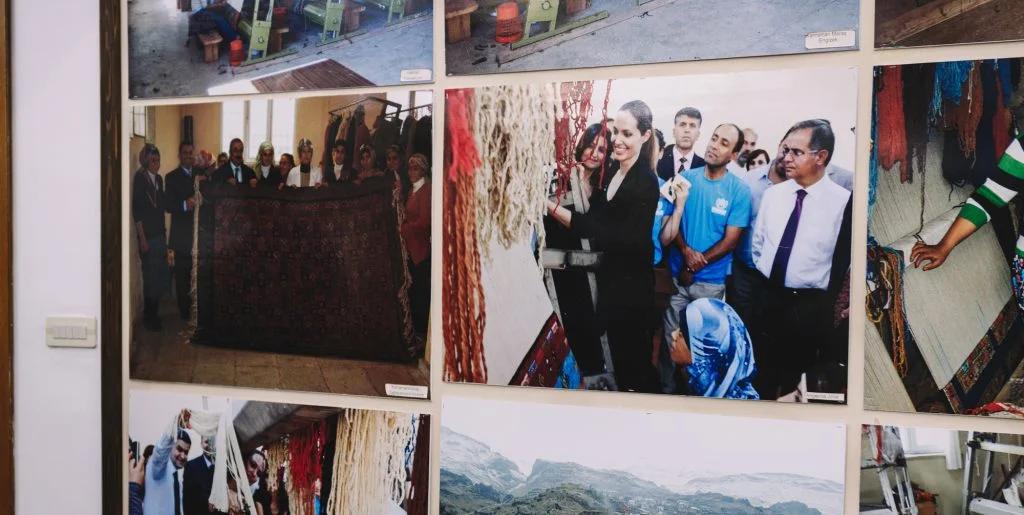
Cappadocia is a place that transports you to another world, with mystical places such as Ürgüp, Ortahisar, and the Ihlara Valley, to name only a few that are equally as incredible as the ones mentioned in this article. Stepping into Cappadocia feels like walking in Lara’s footsteps, immersing oneself in a truly remarkable experience. However, the current state of mass tourism, prevalent worldwide, has transformed the landscape of Cappadocia since Murti’s initial visit. Back then, not only were there no digital maps available, but the famous hot air balloons that you often see in advertisements for this location had not yet been introduced either. Reflecting on the area’s tumultuous history, from volcanic eruptions and the sculpting of its unique terrain, to the ongoing discovery of subterranean cities, it becomes evident why Cappadocia served as Murti’s muse all those years ago, profoundly influencing the narrative of The Angel of Darkness. Cappadocia was the initial spark and the rest, as they say, is history.

Written by Tina Ljubenkov Edited by Jenni Milward
.webp)

Join the new Society of Raiders
Sign up to join our Society of Raiders and receive monthly newsletters & exclusive rewards. Adventure is calling!















